By Liban Ahmad
Umar Arteh Ghalib (1930-2020), who has passed away in Hargeisa, was a Somali teacher, public servant, diplomat and Prime Minister.
Except for a period of six years (between 1982 and 1988), he played key roles in successive Somali governments.
For six years he was, along with other politicians, in jail for calling for reforms.
In January 1991 when United Somali Congress militias were fighting the Somali government forces, President Mohamed Siad Barre appointed him as an Interim Prime Minister.
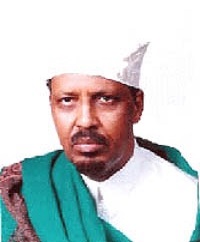
The appointment was a compromise to ensure that a caretaker government could take over from the military regime. Ghalib and a group of influential men including Mohamed Saeed Gentleman, Ahmed Mohamed Abdulle, Hiirad, a former Minister, met General Mohamed Farrah Aidid in North Mogadishu to persuade him to agree to a ceasefire.
“We would like to bid farewell to the President; he agreed to a political change” Ghalib told General Aidid.
General Aidid rejected calls for a ceasefire. Ghalin and other men who met General Aidid did not want Somalia to enter a second era of military dictatorship.
The presence of a Somali General dictating how to the end the stalemate was more dispiriting at a time the military dictatorship accepted to hand over power after sustained political and military pressure.
From that historic meeting Ghalib acquired a sound understanding about where Somali was heading.
The United Somali Congress split into two groups: one group led by General Aidid, and another group led by businessmen and some manifesto signatories (Ali Mahdi Mohamed, Mire Awale and Sheikh Muddey Ga’al).

When Siyad Barre finally fled Mogadihsu to his hometown, Garbahaarrey, a USC-installed President, Ali Mahdi Mohamed, had appointed Ghalib as an Interim Prime Minister, with Mohamed Abshir Musse as a Deputy Prime Minister.
The first policy decision by Ghalib is one over which Somalis disagree to this day – a decision to dissolve the Somali National Army.
In a speech for the nation Ghalib instructed Somali Army units in different parts of Somalia to surrender to armed opposition groups. “The Somali Army units in North Galka’yo must surrender to Somali Salvation Democratic Front (SSDF). Army units in South Galka’yo must surrender to (the) United Somali Congress(USC).”
This very statement had had a political and security significance. Politically, Ghalib recognised SSDF, a defunct apposition group, as a key stakeholder. The SSDF did not control any part of Galkayo.
When Mengistu Haile Mariam, the Ethiopian President ( 1977-1991) detained SSDF Chairman Colonel Abdullahi Yusuf in 1985 the SSDF had begun to disintegrate. Many SSDF fighters returned to Mogadishu under a government pardon.
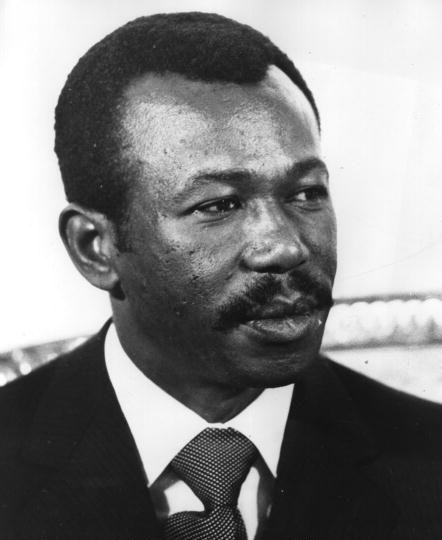
Some joined Calan Cas (Red Flag), a progressive wing of the Somali National Movement, whereas a group of intellectuals left for Aden, the capital of the former People’s Democratic Republic of Yemen.
In security terms, Ghalib’s statement was a subtle warning to the people of Galka’yo about General Aidid’s plans since the General viewed Galka’yo as a USC sphere of influence in the absence of a rival armed opposition group there.
USC forces captured Galka’yo in a surprise attack that left more than one thousand residents dead and resulted in a large-scale displacement that turned the once vibrant city into a war zone.
It had taken north Galka’yo leaders three months to reorganise SSDF to retake Galka’yo from USC forces.
General Aidid’s goal was to undermine efforts by the USC administration in Mogadishu to form a consensus with other Somali stakeholders.
He felt that the Manifesto Group cheated him out of the Somali Presidency.
Through his discussions with general Aidid and his dealings with the USC Central Committee members Ghalib grasped the extent to which lack of a political programme can precipitate anarchy in the capital city.
USC militias turned Mogadishu neighbourhoods into sub-clan zones (aagag) after the organisation’s leader failed to rein in looters.
There was a witch-hunt against people believed to be associated with Siyad Barre clan wise, not with the regime. The call to disband the Somali Army was not followed by a meeting with Somali stakeholders.
It only paved the way for new campaigns by USC forces to go after what Radio Mogadishu called “remnants of Siyad Barre”. It was an official declaration of civil war in a country that was supposed to be recovering from twenty-plus years of military dictatorship.
In July 1991 Somali delegates at Djibouti-sponsored Somali reconciliation conference elected Ali Mahdi Mohamed an Interim President. Ali Mahdi retained Ghalib as Prime Minister. “Since I was fifteen my aspirations have placed Somali nationalism on a high pedestal” Ghalib told a weekly newspaper shortly after his re-appointment.
The outcome of the Djibouti reconciliation conference had given USC more legitimacy now that other representatives from Somali armed groups, save the Somali National Movement, recognised Ali Mahdi Mohamed as the Interim President of the “Republic of Somalia”.
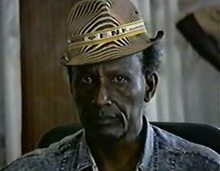
This decision infuriated General Aidid, who described the Manifesto Group as sulux ( pro-reconciliation), a term Aidid supporters appropriated from Guddiga Suluxa ( the Reconciliation Committee) appointed by the military regime after the 1988 civil war in Bura’o and Hargeisa.
In November 1991 USC forces under General Aidid’s command attacked positions of forces loyal to Ali Mahdi in north Mogadishu in what became the beginning of the three-month long battles.
Early in 1992 Ghalib left Somalia to advocate peace while seeking support for the beleaguered Interim Somali Government at war with forces of General Aidid.
In 1992, when Somalis in southern parts of the country were dying of man-made famine, a magazine described Ghalib as Somalia’s peace lord (in a country of warlords).
He advocated humanitarian intervention to alleviate the suffering of citizens whose lives were tragically affected by warlords’ decision to block relief supplies bound for famine-stricken Somali regions.
He returned to Hargeisa in 1993, but decided to leave politics altogether.
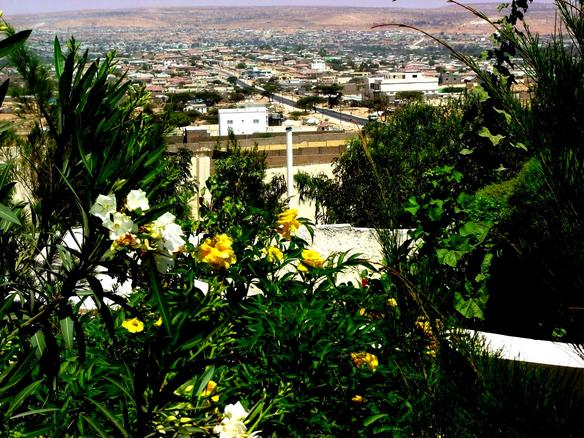
He understood that he was not a match for President Mohamed Ibrahim Egal with whom he shared the distinction of not being a member of the Somali National Movement.
His long diplomatic service and familiarity with geopolitics enabled him to make sense of unforeseen and dire political outcomes of which the 1991 state collapse in Somalia is the most challenging political failure with which Somalis are still grappling.
This article first appeared in the Puntland Post and is republished with permission.


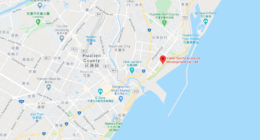
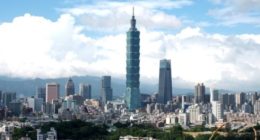





Comments are closed.